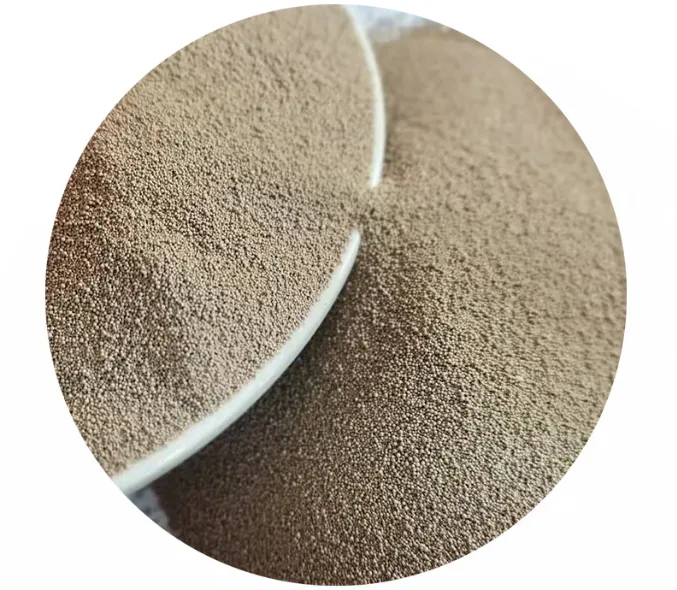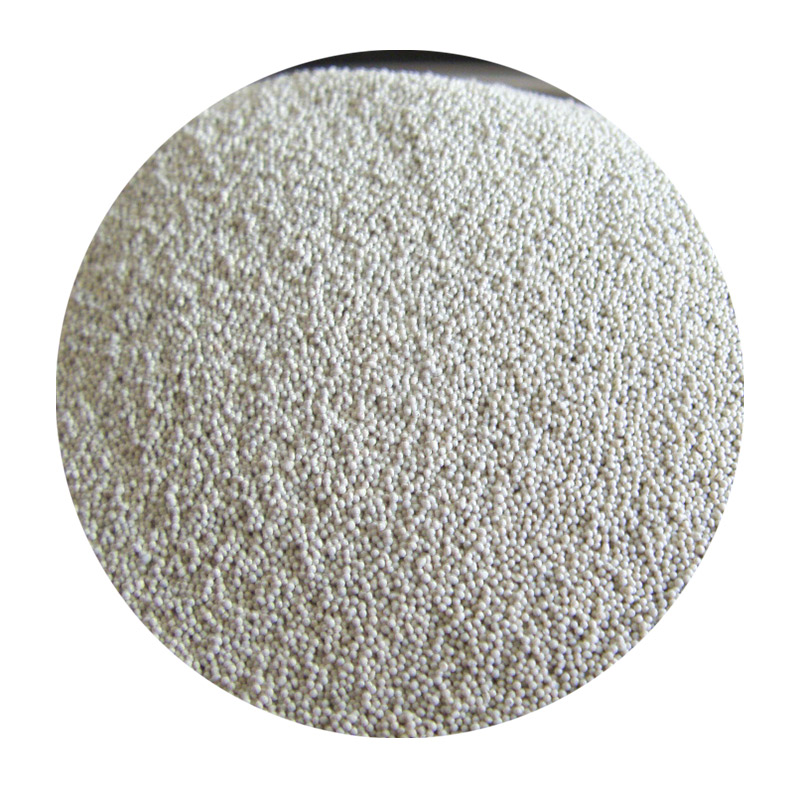

Environmental considerations are now integral in evaluating sand for casting. Traditional sand, plagued by silica dust concerns and disposal challenges, is increasingly countered by sustainable practices. The Authoritativeness of any sand-based operation today hinges on its environmental stewardship. This includes efficiently recycling mold and core sands, exploring innovative bonding processes that reduce hazardous by-products, and integrating advanced filtration systems to minimize dust emissions. Sustainable sand use not only satisfies regulatory mandates but also positions a company as a leader in ethical manufacturing. The rise in customized casting demands has turned attention to 3D-printed sand molds in recent years. These molds showcase the technological potential within the industry, using specially treated sand that enhances traditional casting's flexibility and precision. While initial costs remain high, the long-term efficiencies and precision offered by 3D-printed sand molds represent a cutting-edge evolution, endorsed by industry experts and embraced gradually by forward-thinking foundries seeking to maintain competitive edges while fulfilling custom orders. In the panorama of modern manufacturing, the vital role of the right kind of sand in sand casting is irrefutable. For foundries and manufacturers striving for excellence, the meticulous selection, testing, and processing of sand underscore their pledge to quality. Those integrating the latest innovations and adhering to best practices not only excel in product output but also enhance their standing as trailblazers in a competitive, quality-conscious marketplace. This dedication to using superior sand effectively meets the nuanced needs of diverse industries, establishing a legacy of trust and reliability. Post time:feb . 13, 2025 19:24
Next:High Refreactoriness Ceramsite Foundry Sand For Steel Casting
